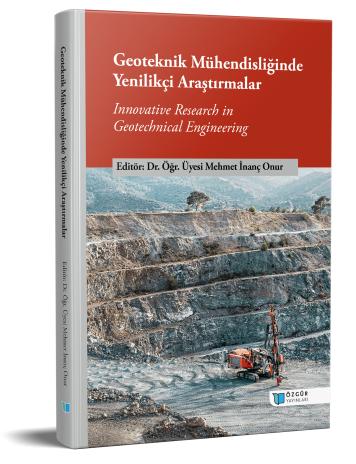
Mikrobölgeleme ve Mikrotremor Ölçümü
Şu kitabın bölümü:
Onur,
M.
İ.
(ed.)
2023.
Geoteknik Mühendisliğinde Yenilikçi Araştırmalar.
Özet
Doğa ve insan kaynaklı tehlikelere maruz kalan yerleşim alanları ve sistemlerde, zarar görebilirlik koşullarına bağlı olarak öngörülebilen veya öngörülemeyen kayıplar gerçekleşebilmektedir. Bu kayıpların miktarı, meydana gelen olayın afet olarak tanımlanmasında doğrudan etkili bir değişkendir. Bir bölgenin yerleşime uygunluk değerlendirmeleri kapsamında, özellikle afet risk yönetimi çalışmaları çerçevesinde mikrobölgeleme araştırmaları yürütülür. Yerbilimsel verilerin, araştırma sahasını temsil edebilecek dağılımda toplanması için araştırma alanının eşit hücrelere bölünmesi, karelajlama olarak ifade edilir.
Geoteknik zemin araştırmalarında, sondaj çalışmaları ile sığ zemin özellikleri belirlenirken anakaya derinliğinin 800-1000 m derinliğine ulaştığı basen yapılarında risk analizinde geoteknik araştırmaları tamamlayıcı jeofizik yöntemlerden yararlanılır. Mikrotremor ölçümleri kullanılarak zemin hâkim frekansı, anakaya derinlik geometrisi, sismik hız profili belirlenir. Sonuç olarak deprem yer hareketi gibi karmaşık bir etkinin ortaya konulmasına yardımcı olacak, zemin sınıflaması, odaklanma etkisi ve frekans bağımlı yapı-zemin etkileşimi gibi risk değerlendirmelerinin yapılması mümkündür. Bu bölümde, mikrobölgeleme çalışmaları kapsamında yürütülen mikrotremor ölçüm yöntemi ve uygulama alanları tartışılacaktır.

